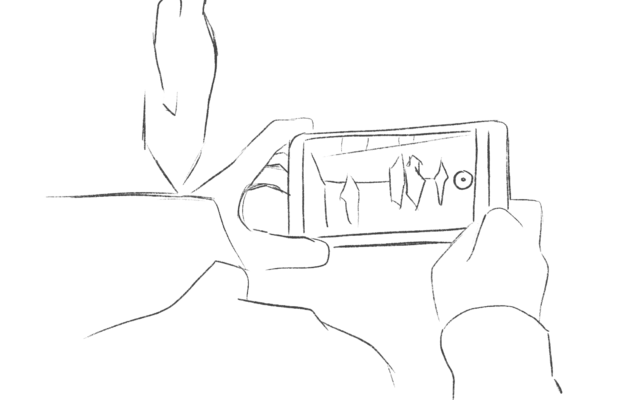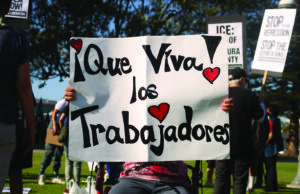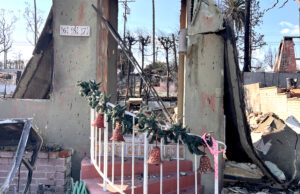Increased fights are a symptom of post-pandemic student strife

It is no secret how pervasive and impactful the effects of the pandemic have been on everyone, with students at the forefront. High schoolers are angry and traumatized, and because they are not equipped to handle the depth of emotion they feel, the positive campus culture we were accustomed to pre-COVID has devolved into restless tension.
In the back half of the quad, freshmen to seniors crowd around another fight during lunch period. Some push and shove to see better, while others wave their phones around in an attempt to capture the view on video. Aggression on campus has become the standard lunchtime activity, and it is clear that our school community has devolved from what used to be the keynote Nice People High School culture.
The superficial roots of these conflicts have not been particularly complex; in fact, a majority of the fights that have broken out on campus have been over petty, in-the-moment issues. However, when looking closer, one can see that tensions are high between students in the school body. Despite efforts to bridge this two-year gap in our development, we are socially, emotionally and academically stunted; most underclassmen took their very first step on a high school campus earlier this year.
The culture surrounding students, particularly underclassmen, has not had the ability to develop past the middle school stage due to isolation. The last time sophomores were on a school campus without added stressors of a pandemic, was their eighth grade year; for freshmen, their seventh. Expecting a pre-pandemic level of development for students is not only unreasonable, but utterly unrealistic.
While no one on campus should ever turn to violence even while coping, we must all be more compassionate, empathetic and, most of all, supportive of each other- no one has a handbook for dealing with the mental fallout from a pandemic, high schoolers the very least. When we consider the reasons behind the increased tension in our school environment, this cannot be discounted.
That being said, there should be no need to record these fights that only sensationalize and implicitly promote these events. Instead, we as students should rise above violence and aggression and come together as a school community to ensure that our school is a healthy and safe community for all.
As a community, we should be working together to patch up this chasm in our lives. The actions taken now will impact students for years to come, and their permanent effects cannot be predicted. If there is one thing we must remember in order to move forward, it should be to lead with compassion.



